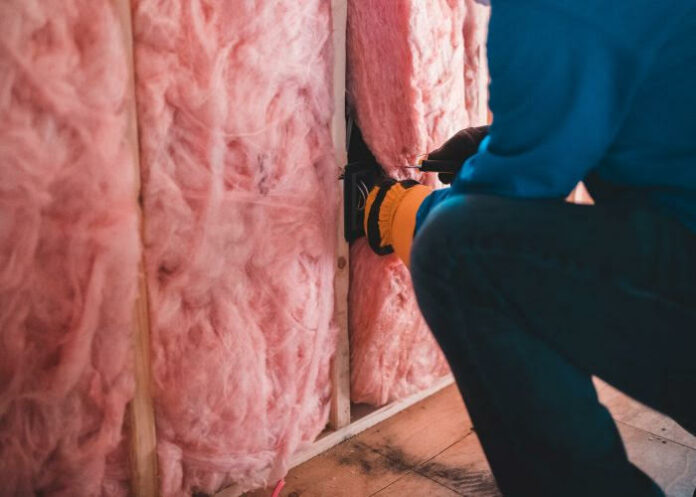A study carried out at a factory in Durban found that workers in the fibre-glass reinforcement industry are literally choking on plastic, with their exposure to styrene increasing the risk of chronic respiratory symptoms and reducing lung function.
Titled Styrene-associated respiratory outcomes, the study was co-authored by Zanele Zulu, a lecturer in the department of environmental health at Mangosuthu University of Technology (MUT), and Professor Rajen Naidoo of the University of KwaZulu-Natal, and published in the Archives of Environmental and Occupational Health Journal.
The authors found that “respiratory symptoms prevalence increased statistically significantly across low, medium and high cumulative exposure categories” in a fibre-glass reinforced plastics factory that manufacturers vessels and tanks, reports IoL.
However, they did not find any link between doctor-diagnosed diseases and increased exposure to styrene.
Of the 254 employees who participated in the study, 33 staff in the medium and high exposure to styrene category suffered from a chronic cough compared with six of their counterparts in the low-exposure category.
Thirty-two employees in the medium and high-exposure category suffered from chronic phlegm compared with four of their counterparts in the low-exposure category; 14 people in the medium and high-exposure category suffered from breathlessness compared with just two in the low-exposure category, while 32 in the medium and high-exposure categories experienced wheezing, compared with six employees in the low-risk category.
The prevalence of chronic cough and wheezing was similar among males and females, whereas breathlessness was higher among females (15.3% vs 3.6%); phlegm was higher among males (8.2% vs 1.7%).
While the women smoked substantially less and worked in the lower-exposed areas compared with their men counterparts, the researchers aid they were not able to determine the reasons for this variation in symptoms presentation.
“The findings provide further evidence that health-based exposure standards as opposed to permissible exposure standards are needed to protect the health of employees in this, and similar work environments.”
Study details
Styrene-associated respiratory outcomes among reinforced plastic industry workers
Zanele Zulu, Rajen N. Naidoo.
Published in Archives of Environmental and Occupational Health on 21 September 2021
Abstract
The study's aim was to determine whether styrene exposure was associated with respiratory outcomes in a dose-response manner in the fibreglass reinforcement industry. Workers (n=254) from a fibreglass reinforcement factory were subjected to a standardised interview, spirometry and styrene monitoring. Cumulative exposure was calculated across different jobs and levels of exposure. Logistic regression modelling estimated risk for symptoms, respiratory diseases and lung function change across exposure tertiles. The geometric means of styrene in the General Laminating and Fitting Departments were 48.2 mg/m3 (95% CI 36.3–64.1 mg/m3) and 20.7 mg/m3 (95% CI: 15.6–27.5 mg/m3), respectively. The cumulative exposure odds ratios for chronic cough, phlegm, wheezing and breathlessness for high exposure was 3.1 (95% CI 1.1–8.6), 5.3 (95% CI 1.7–16.6), 3.3 (95% CI 1.2–9.1) and 5.5 (95% CI 1.15–26.4), respectively. The cumulative exposure associated reduction in FEV1/FVC ratio, percent predicted FEV1 and FVC was 0.01, 0.04% and 0.05%, respectively. Styrene exposure increases the risk of respiratory symptoms and is associated with reduced lung function.
See more from MedicalBrief archives:
Microplastics found in human blood for first time – Dutch study
Air pollution’s tiny particles may trigger non-fatal heart attacks
World air pollution levels dangerously high — WHO

